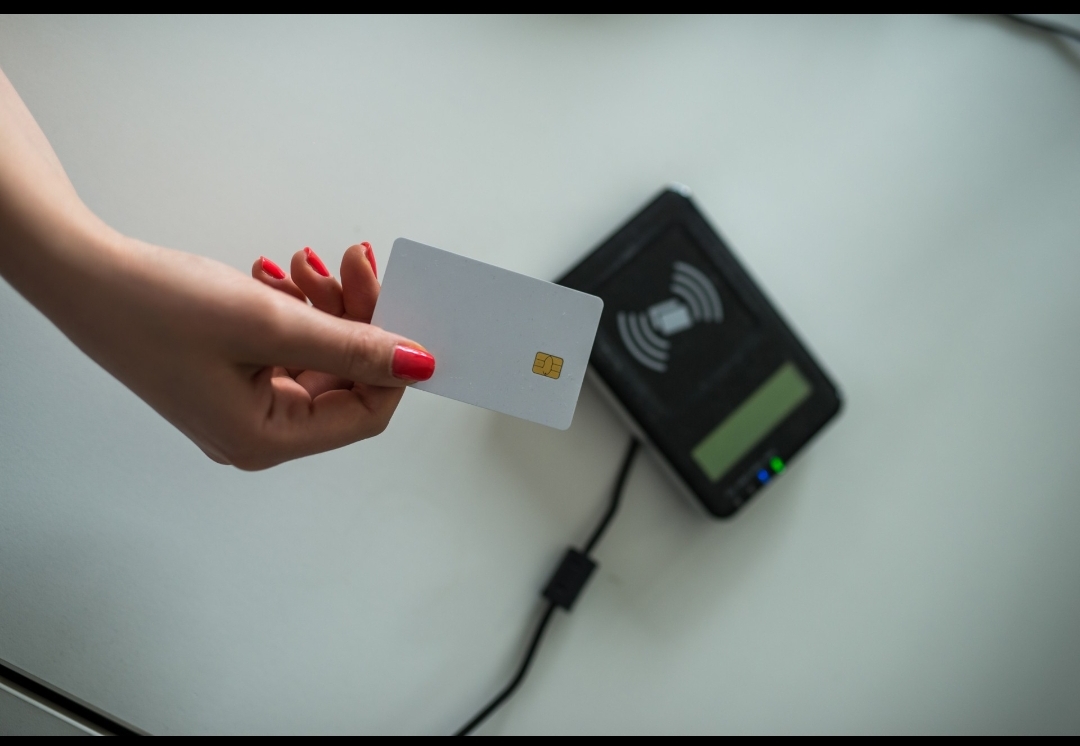
With concerns over data theft and skimming on the rise, many people are turning to RFID-blocking wallets to protect their personal information. As new inventory of RFID-blocking wallets enters the market, many designs promise protection in sleek, compact forms. But how can you be sure that your RFID-blocking wallet is actually effective? Here’s a guide to understanding RFID technology and how to test whether your wallet lives up to its claims.
Understanding RFID and How Blocking Works
RFID (Radio-Frequency Identification) technology allows devices to communicate over short distances. It’s used in credit cards, passports, and ID badges to store and transmit data, making transactions and verification more convenient. However, because the data is transmitted wirelessly, some people worry about the possibility of unauthorized “skimming” or reading of information stored on their RFID-enabled cards.
An RFID-blocking wallet is designed to act as a Faraday cage, disrupting the electromagnetic signals that RFID readers use. If effective, it should prevent any external scanner from reading your cards when they’re inside the wallet.
Simple Methods to Test Your RFID-Blocking Wallet
Here are some straightforward ways to check if your wallet is working as promised:
Use an RFID-Enabled Card and Scanner App
Test in a Retail Store with an RFID Reader
Tips for Accurate Testing
What to Do If Your Wallet Fails the Test
If your wallet doesn’t block RFID signals, you may want to look into another model or brand that offers higher levels of protection. Some wallets may only block signals in certain compartments, or they may lack adequate shielding material. Consider looking for wallets made from metal, carbon fiber, or those explicitly labelled as “tested” for RFID protection.

Testing the effectiveness of your RFID-blocking wallet can give you peace of mind about the protection it offers. While RFID-blocking technology may not be essential for everyone, a wallet that successfully blocks RFID signals can be a valuable tool for those who are frequently in crowded areas or have heightened privacy concerns. By using simple tools like a smartphone app or an RFID reader, you can quickly determine if your wallet lives up to its claims and make an informed choice about how to protect your information.